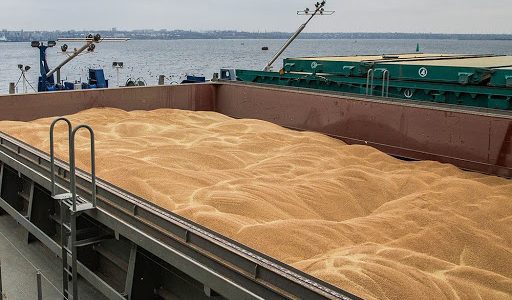
Transportation of grain by river in Ukraine in 2020 decreased by 27.3% compared to 2019, to 3.5 million tonnes, which is associated with a decrease in the harvest by 13%, to 65.4 million tonnes, a rise in the rail fleet of grain carriers and increased competition among road carriers, Andriy Muravsky, an expert in the river transportation industry, says.
In a review of the industry on Facebook, he pointed out that total shipments by river fleet last year decreased by 5.1% compared to 2019, to 11.8 million tonnes, and the decline in the transportation of grain and fertilizers was partially offset by an increase in construction cargo (more by 12.5%, to 5.8 million tonnes) and metallurgical products (more by 7%).
At the same time, fertilizers continue to enter river ports directly from Bulgaria or Georgia in the holds of river-sea class vessels, and their shipment is carried out to the berths of estuarine ports and to terminals up the Dnipro River, Muravsky said.
According to him, in 2020, competition intensified in offshore transshipment, for example, Nibulon operated the largest floating crane in Ukraine Nibulon Max for a full year. This reloader was launched in the spring of 2019 and allowed Nibulon to increase the volume of cargo transshipment by its own fleet to 4-5 million tonnes per year, the expert said. According to him, other shipping companies plan to purchase their own floating cranes to offer integrated logistics.
Muravsky also said that United Barge Company (UBC) in 2020, for the first time in Ukraine, carried out a ship-to-ship operation to reload sunflower oil from a barge to a sea tanker on the outer roadstead of Mykolaiv port, thereby reducing the freight costs of the entire vessel and was able to avoid calling to another port. Also, UBC for the first time in Ukraine fully loaded a sea tanker with oil from barges without using land terminals, the expert noted.